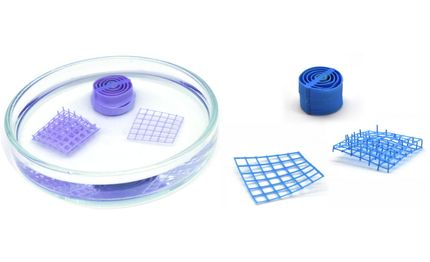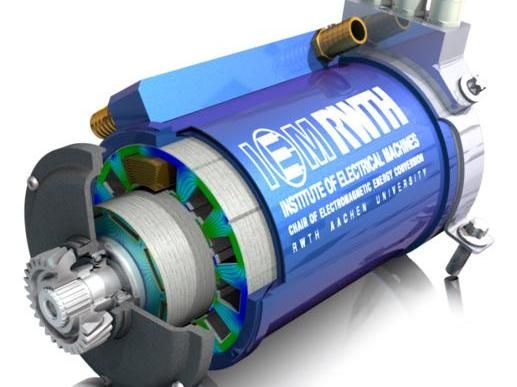Laser printing on fallen tree leaves produces sensors for medical and laboratory use
Major advancement for the fabrication of next-generation electrochemical sensors
Fabrication of sensors by 3D printing combines speed, freedom of design, and the possibility of using waste as a substrate. Various results have been obtained in a circular economy mode, whereby residues usually thrown away are instead used as low-cost resources. A highly creative solution involving the printing of electrochemical sensors on fallen tree leaves has now been presented by a team of researchers in Brazil led by Bruno Janegitz, a professor at the Federal University of São Carlos (UFSCar) and head of its Laboratory for Sensors, Nanomedicines, and Nanostructured Materials (LSNANO), and Thiago Paixão, a professor at the University of São Paulo (USP) and head of its Electronic Tongues and Chemical Sensors Lab (L2ESQ). The initiative was supported by FAPESP and highlighted in an article published in the journal ACS Sustainable Chemistry & Engineering.

Sensor printed on leaf by CO2 laser
Bruno Janegitz
“We used a CO2 [carbon dioxide] laser to print the design of interest on a leaf by means of pyrolysis and carbonization. We thereby obtained an electrochemical sensor for use in determining levels of dopamine and paracetamol. It’s very easy to operate. A drop of the solution containing one of these compounds is placed on the sensor, and the potentiostat to which it’s coupled displays the concentration,” Janegitz said.
Simply put, the laser beam burns the leaf in a pyrolytic process that converts its cellulose into graphite, and the graphite body is printed on the leaf in a shape suited to functioning as a sensor. During the fabrication process, the parameters of the CO2 laser, including laser power, pyrolysis scan rate and scan gap, are systematically adjusted to achieve optimal outcomes.
“The sensors were characterized by morphological and physicochemical methods, permitting exhaustive exploration of the novel carbonized surface generated on the leaves,” Janegitz said.
“Furthermore, the applicability of the sensors was confirmed by tests involving the detection of dopamine and paracetamol in biological and pharmaceutical samples. For dopamine, the system proved efficient in a linear range of 10–1,200 micromoles per liter, with a detection limit of 1.1 micromole per liter. For paracetamol, the system worked well in a linear range of 5-100 micromoles per liter, with a detection limit of 0.76.”
In the tests involving dopamine and paracetamol, conducted as proof of concept, the electrochemical sensors derived from fallen tree leaves attained a satisfactory analytical performance and noteworthy reproducibility, highlighting their potential as an alternative to conventional substrates.
Substituting fallen tree leaves for conventional materials yields significant gains in terms of cost-cutting and above all environmental sustainability. “The leaves would have been incinerated, or at best composted. Instead, they were used as a substrate for high value-added devices in a major advancement for the fabrication of next-generation electrochemical sensors,” Janegitz said.
Original publication
Rodrigo Vieira Blasques, Jéssica Rocha Camargo, William Barros Veloso, Gabriel Negrão Meloni, Fernando Amaral Fernandes, Beatriz Fernandes Germinare, Luiz Ricardo Guterres e Silva, Abner de Siervo, Thiago Regis Longo Cesar Paixão, Bruno Campos Janegitz; "Green Fabrication and Analytical Application of Disposable Carbon Electrodes Made from Fallen Tree Leaves Using a CO2 Laser"; ACS Sustainable Chemistry & Engineering, Volume 12, 2024-2-13
Other news from the department science
These products might interest you
Most read news
More news from our other portals
See the theme worlds for related content
Topic world Sensor technology
Sensor technology has revolutionized the chemical industry by providing accurate, timely and reliable data across a wide range of processes. From monitoring critical parameters in production lines to early detection of potential malfunctions or hazards, sensors are the silent sentinels that ensure quality, efficiency and safety.

Topic world Sensor technology
Sensor technology has revolutionized the chemical industry by providing accurate, timely and reliable data across a wide range of processes. From monitoring critical parameters in production lines to early detection of potential malfunctions or hazards, sensors are the silent sentinels that ensure quality, efficiency and safety.

































































